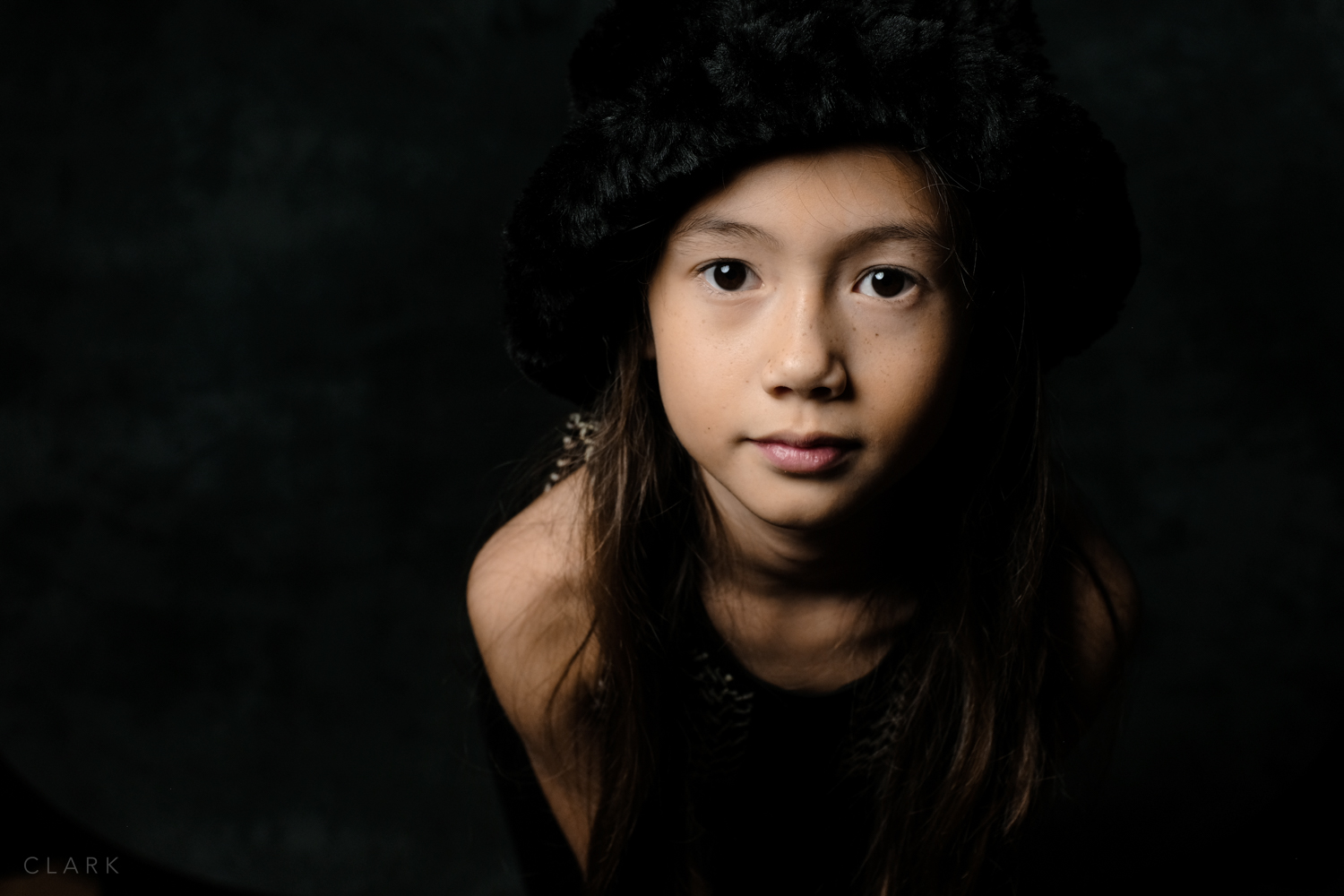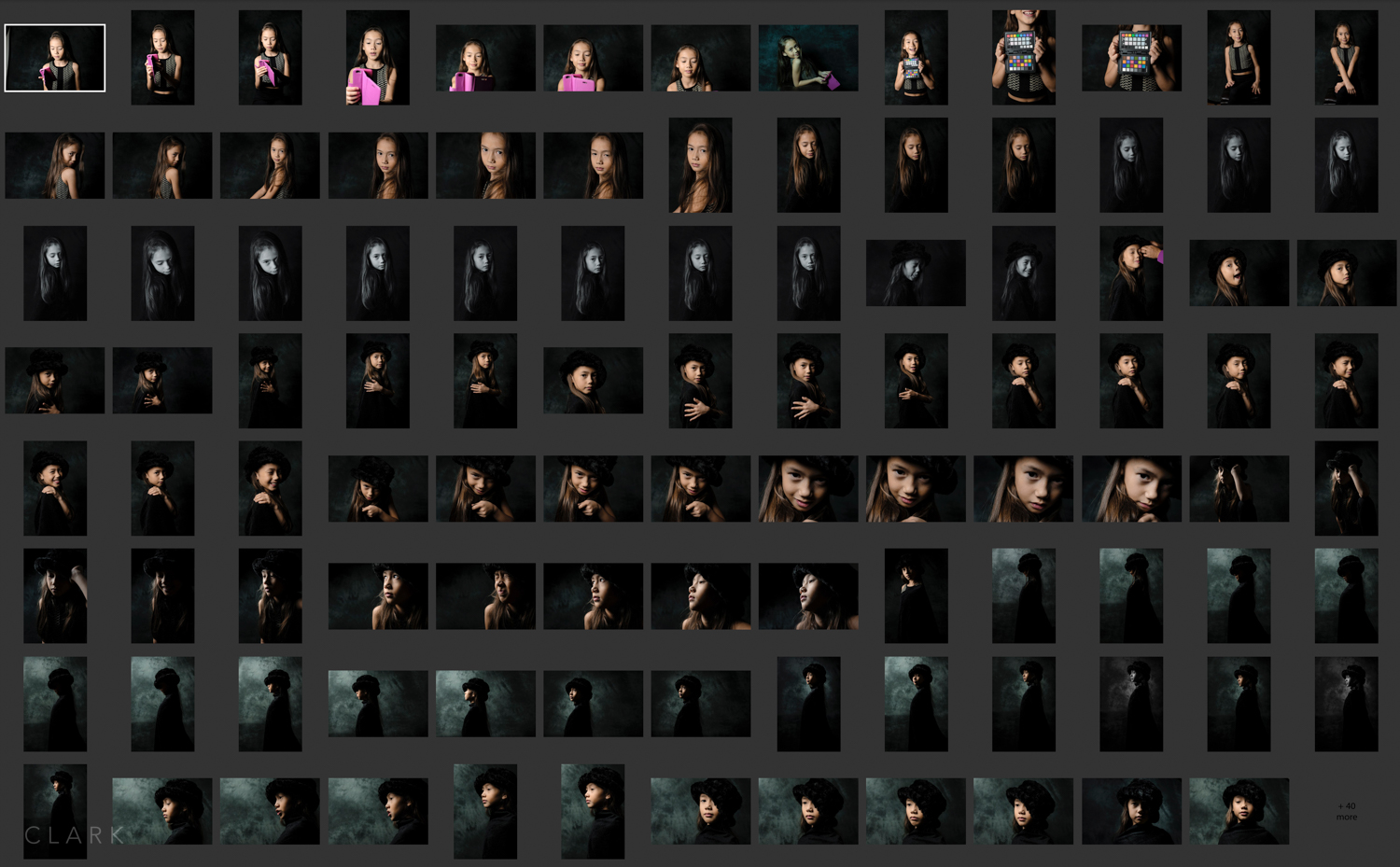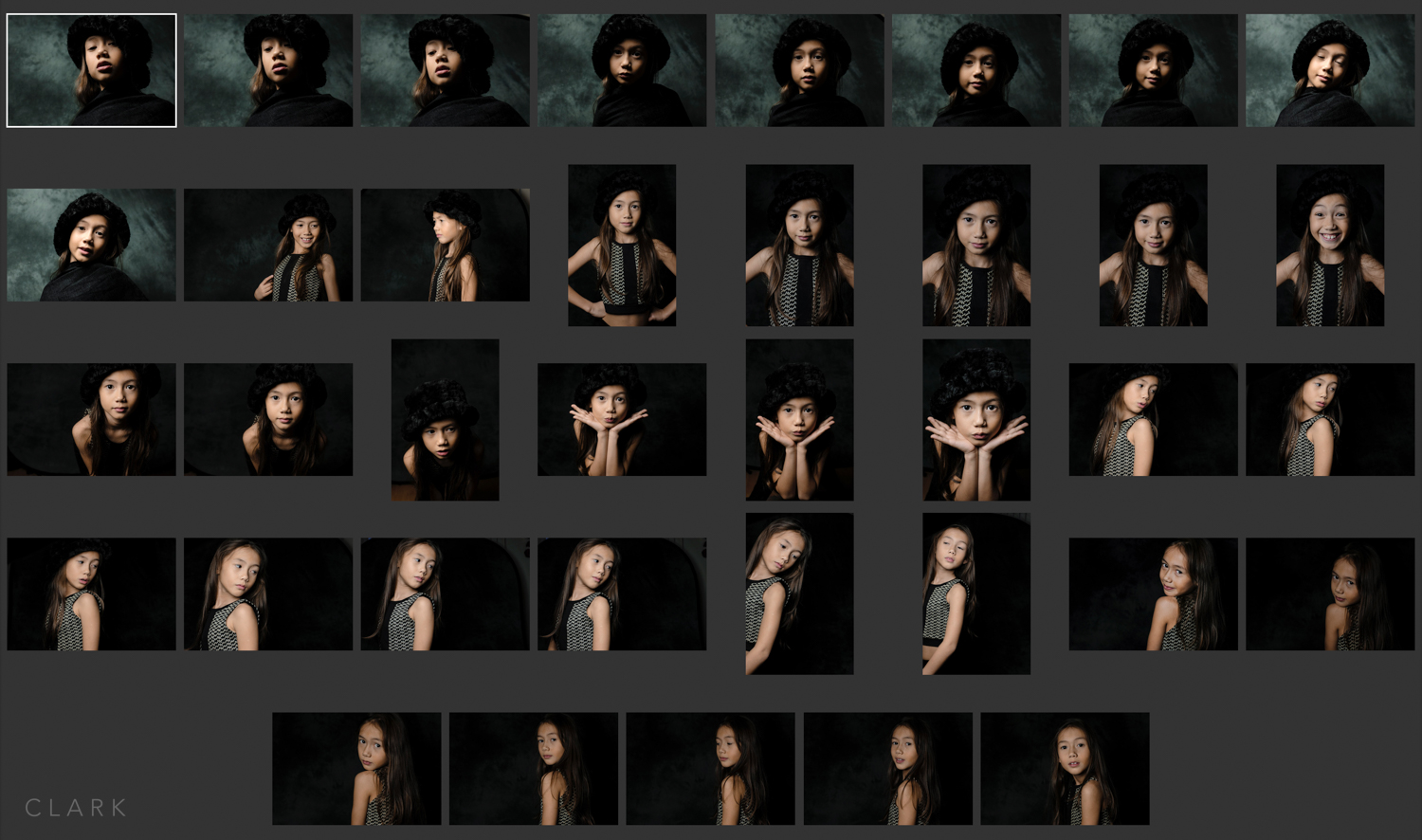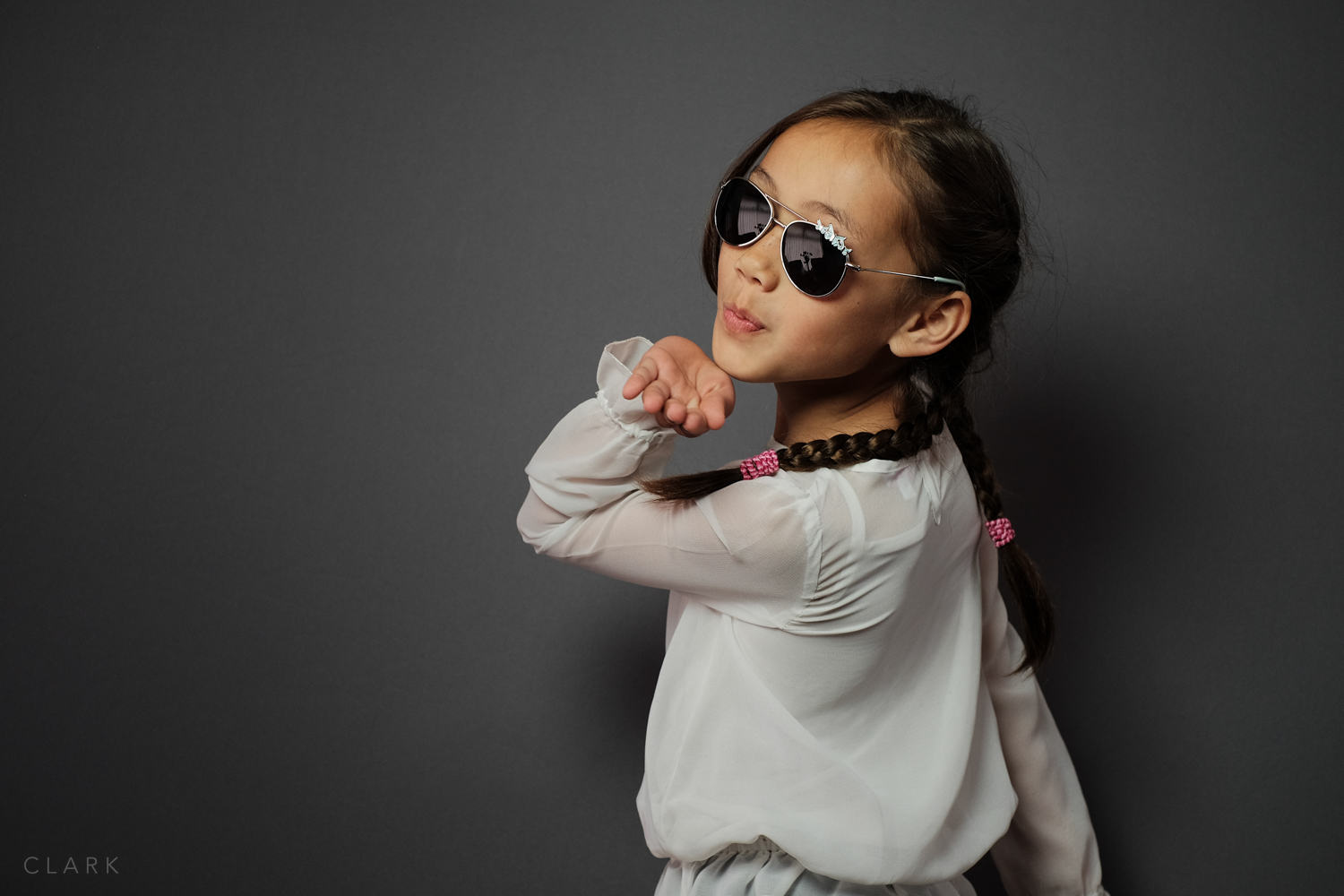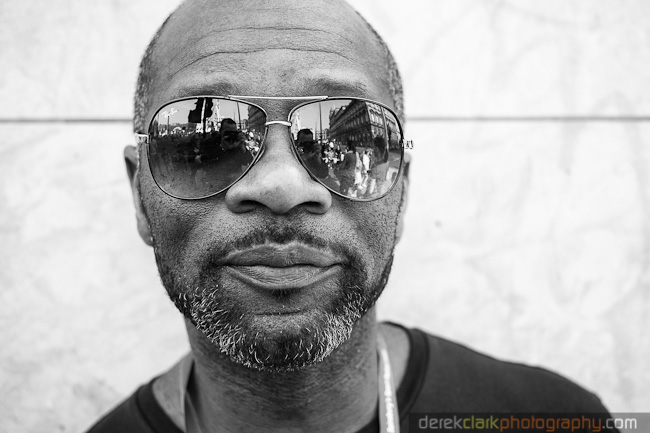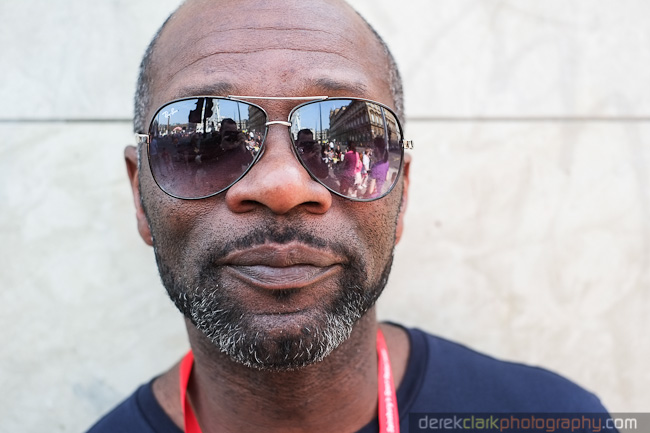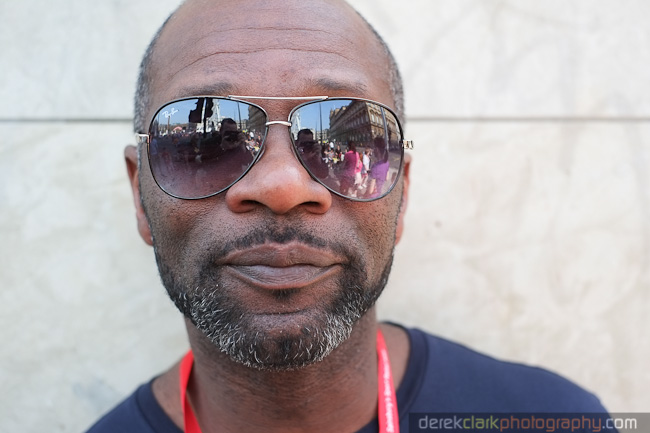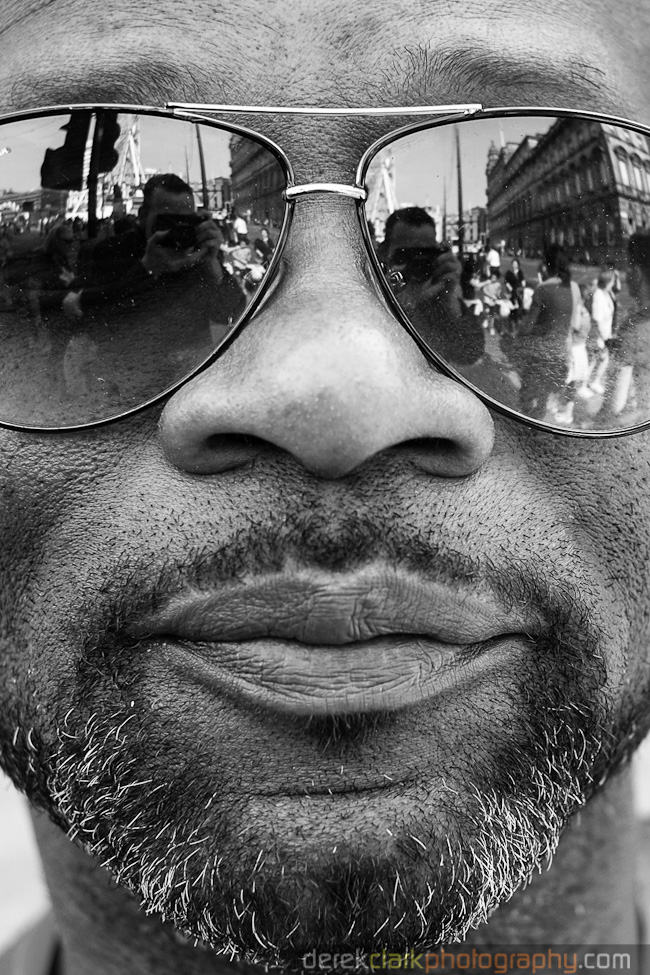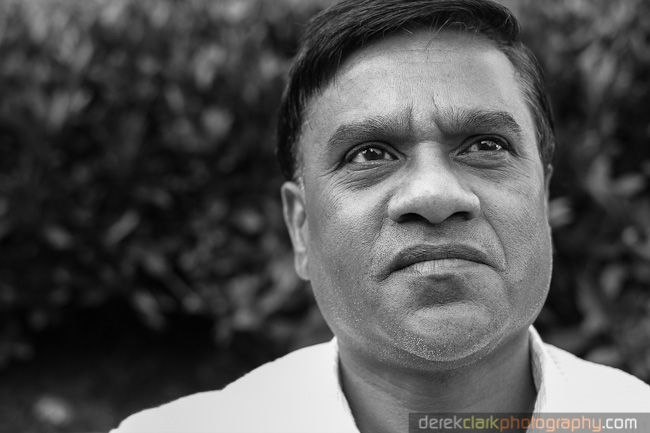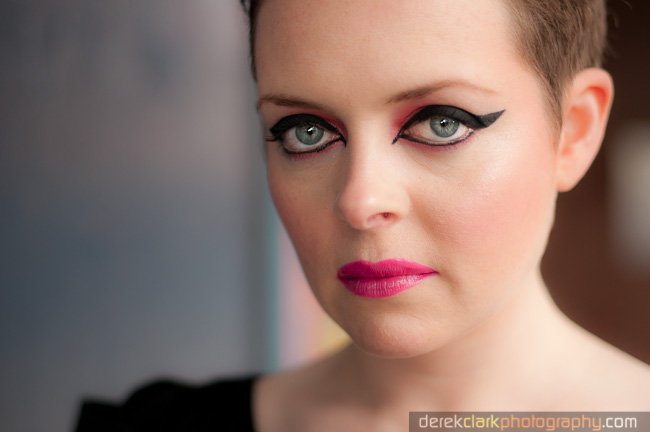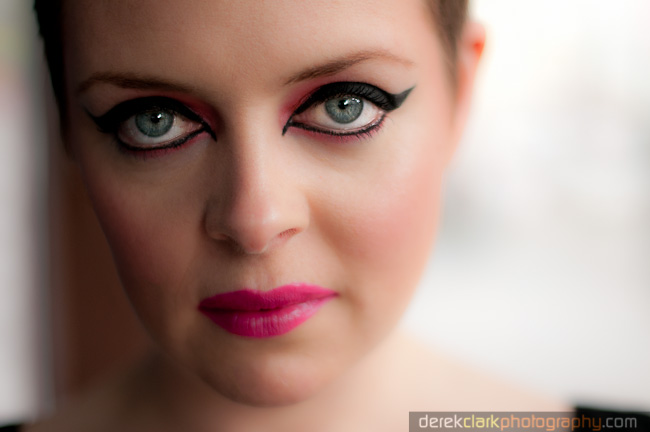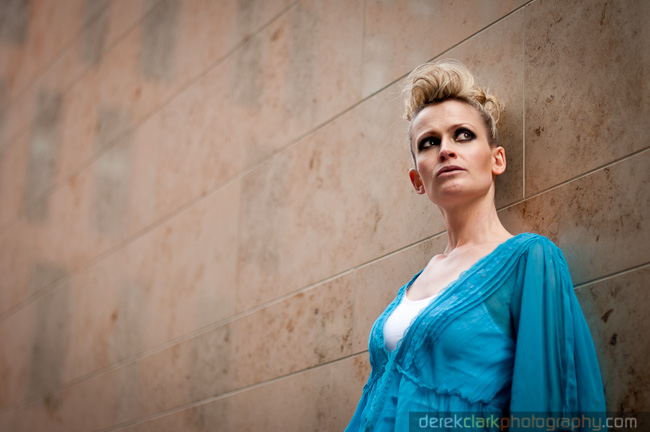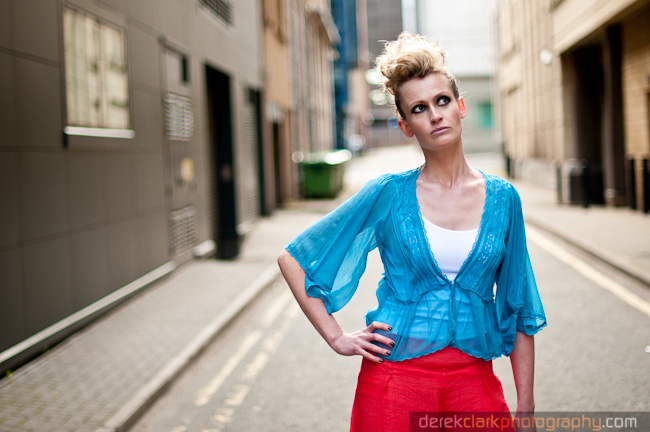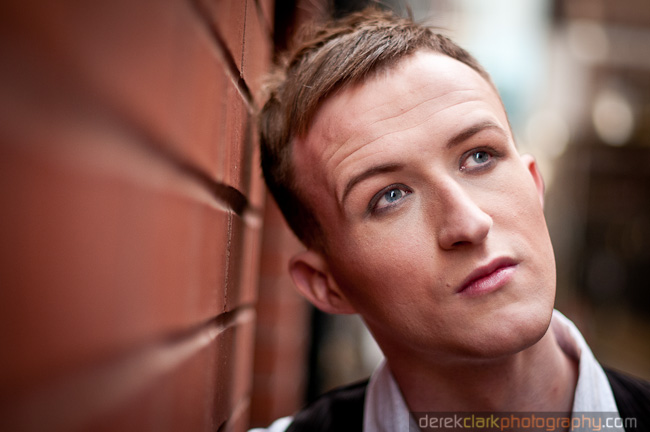As a music photographer I often have trouble seeing where the edge of the frame is inside my viewfinder while shooting in dark venues. I often have pictures where my subject’s head is just touching the top of the frame where I thought I had allowed headroom.
So I was delighted when I found (by accident) a feature that is in the X-T2, X-T3, X100F, X100V, and I’m sure all the latest cameras. It’s called ‘Framing Outline’ and it puts a grey outline around the frame on both the electronic viewfinder and the rear LCD screen. Here’s where to find it.
SET UP - SCREEN SET-UP - DISP. CUSTOM SETTING - 'FRAMING OUTLINE (usually the last on the 4th page). Just make sure that’s ticked and you will see an outline on your frame.
This is not just a great feature for those of us shooting in dark music venues, but for portraits against black or dark backgrounds or any kind of night shooting. Give it a try and leave a comment below if you find this useful.








